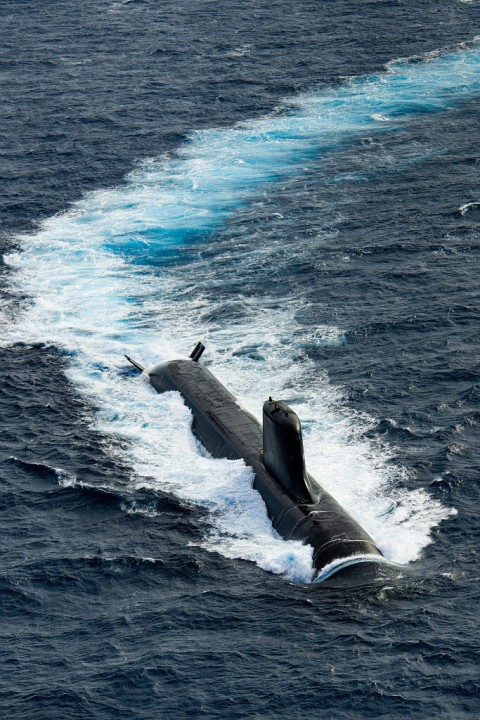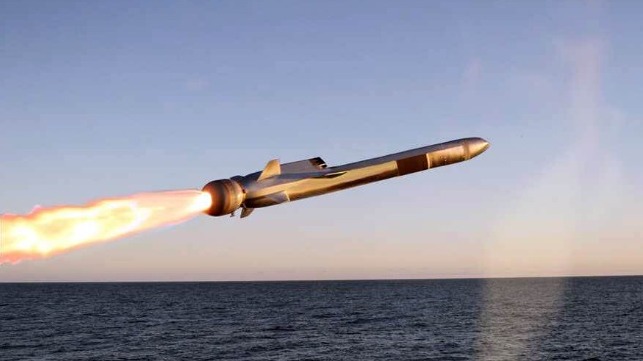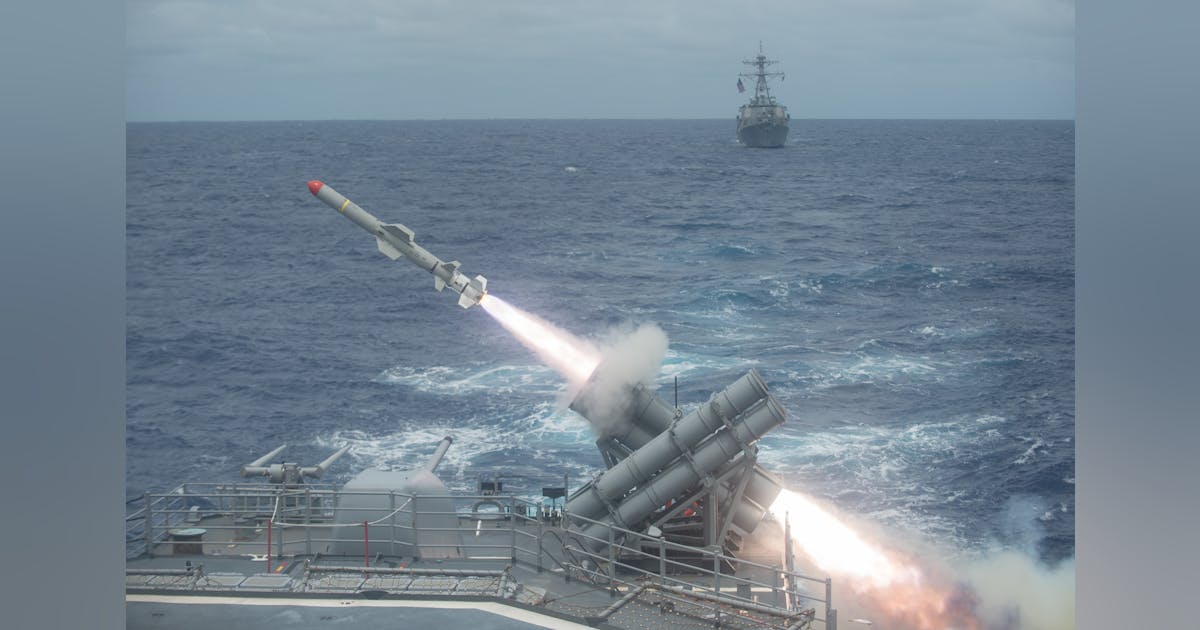Scott Elaurant
Well-Known Member
On the various AUKUS options being considered, I am growing concerned by suggestions that Australia will be building a new design (SSNR?) with VLS tubes and other additions, due to the likely time delay and increased costs. This then leads to risk of loss of capability for the RAN. Hopefully the pathway to be announced will avoid this.
I was recently pleased to see Alexsa's suggestion that we could build a "minimum change Astute" with S9G reactor as that would have been a lower risk option IMO. SSNR will no doubt be well designed and very capable. Nevertheless for the RAN to adopt SSNR means we are effectively skipping a generation of SSN development and joining a program which is not yet designed or costs known. This is still preferable to joining the US SSN program (Virginia or SSNX) since they are facing even greater delays with less spare capacity in shipyards.
I also think we need to be cautious about "SSGN conversion options" for other classes like Dreadnought. These greatly understate the complexity in building such a modified vessel. The current example, the Virginia Block V, was five years in design (2012 to 2017) before the first boat was laid down. Submarines have complex hydrodynamic design requirements for trim and stability. Any change involving weight distribution can lead to a substantial redesign of ballast tanks and internal layout.
From a purely engineering viewpoint, the crunch question remains who can supply ASC with nuclear reactors and reactor cores. We can't build those. Availability of reactors will determine ASC construction start time.
If construction start is not till 2030, IMO Australia made a bad mistake not at least asking if France would have agreed to switching to Suffren SSNs instead of Attack Class. The refueling and maintenance requirements are less than Virginias and Astutes, not greater. Refueling is more frequent, but quicker and easier. I wrote an article on this in LinkedIn, based on my estimate of the time and cost to construct different options. Assuming Areva Technicatom could have supplied reactors, I concluded that AUKUS had resulted in a delay in ASC sub construction work of 4 to 7 years, depending on option chosen.

 www.linkedin.com
www.linkedin.com
I realise it is too late to go back to France now given the statements made by the new Defense Minister, and sticking with the UK has human advantages in terms of training and similarity of systems. So I am not suggesting we change back now. I am pointing out the consequences of the decisions already made. I'll keep my fingers crossed waiting for the announcement.
I was recently pleased to see Alexsa's suggestion that we could build a "minimum change Astute" with S9G reactor as that would have been a lower risk option IMO. SSNR will no doubt be well designed and very capable. Nevertheless for the RAN to adopt SSNR means we are effectively skipping a generation of SSN development and joining a program which is not yet designed or costs known. This is still preferable to joining the US SSN program (Virginia or SSNX) since they are facing even greater delays with less spare capacity in shipyards.
I also think we need to be cautious about "SSGN conversion options" for other classes like Dreadnought. These greatly understate the complexity in building such a modified vessel. The current example, the Virginia Block V, was five years in design (2012 to 2017) before the first boat was laid down. Submarines have complex hydrodynamic design requirements for trim and stability. Any change involving weight distribution can lead to a substantial redesign of ballast tanks and internal layout.
From a purely engineering viewpoint, the crunch question remains who can supply ASC with nuclear reactors and reactor cores. We can't build those. Availability of reactors will determine ASC construction start time.
If construction start is not till 2030, IMO Australia made a bad mistake not at least asking if France would have agreed to switching to Suffren SSNs instead of Attack Class. The refueling and maintenance requirements are less than Virginias and Astutes, not greater. Refueling is more frequent, but quicker and easier. I wrote an article on this in LinkedIn, based on my estimate of the time and cost to construct different options. Assuming Areva Technicatom could have supplied reactors, I concluded that AUKUS had resulted in a delay in ASC sub construction work of 4 to 7 years, depending on option chosen.

AUKUS Submarines: Options update
Australia has committed to building nuclear submarines (SSNs) at ASC Adelaide. I leave the debates over their military merits to others.
 www.linkedin.com
www.linkedin.com
I realise it is too late to go back to France now given the statements made by the new Defense Minister, and sticking with the UK has human advantages in terms of training and similarity of systems. So I am not suggesting we change back now. I am pointing out the consequences of the decisions already made. I'll keep my fingers crossed waiting for the announcement.


